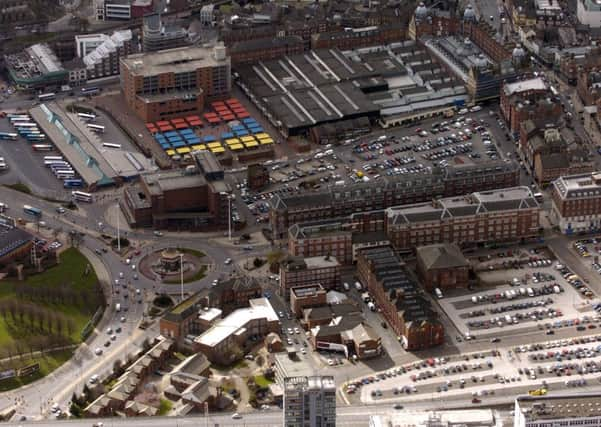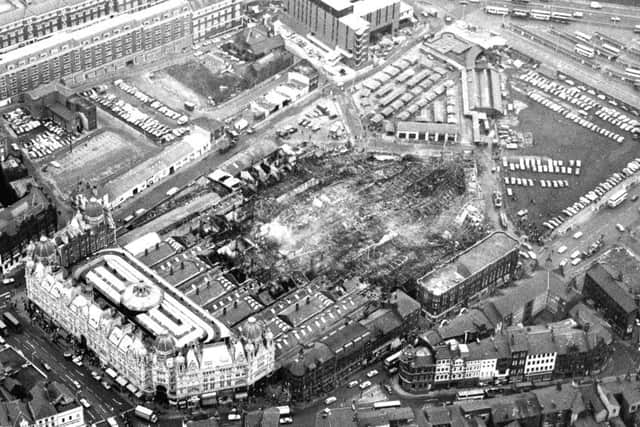Leeds nostalgia: Market which rose from the ashes


The aerial picture shows how extensive the damage was. It was also particularly galling that only two years earlier, the building had been granted Grade I listed status.
However, the market recovered an has since undergone several renovations.
Advertisement
Hide AdAdvertisement
Hide AdThe second picture was taken in March 2007 and shows the old row of shops and offices along the lower Headrow, which, of course, have recently been demolished and replaced with the John Lewis Victoriagate building.


The picture also shows Leeds Bus Station, Millgarth Police Station and West Yorkshire Playhouse.
The market itself dates back to 1822, when it was opened on the corner of Vicar Lane and Kirkgate but this was demolished by the council in 1842 and replaced by a cast iron and glass structure which housed 34 shops, with another 40 outside. That opened in 1857 and in 1875, another 90 shops were added and it was in one of these that Michael Marks set up his Penny Bazaar - he went on to co-found Marks and Spencer. The old markets were pulled down in 1902 and replaced by the one we see today, with its distinctive Venetian domes and Flemish facades and Burmantofts glazed brick. It had an impressive clock as a centrepiece but this was removed to Oakwood in 1912 and has remained there ever since, recently undergoing a refurbishment.
Today there are some 1029 traders work in the market and there are 420 indoor units alone and it is estimated that over 200,000 people from across Leeds and beyond visit the market every week.